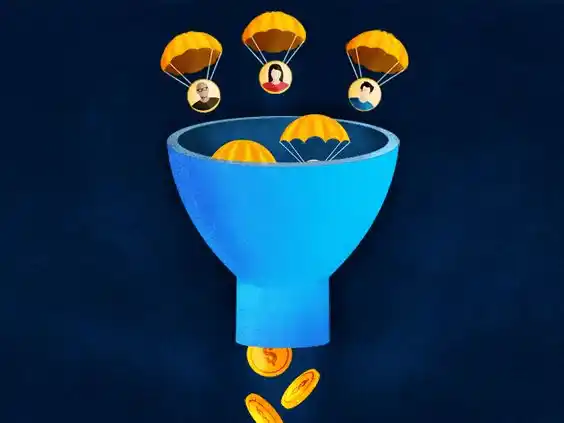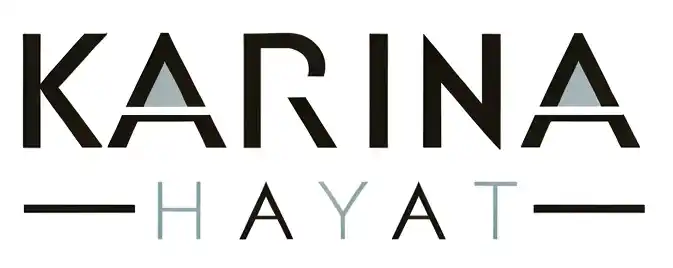Understanding the Sales Funnel: From Awareness to Purchase, by Karina Hayat

The sales funnel is a fundamental element of your business sales and marketing strategy. It depicts the journey a prospect takes from first encountering your brand to becoming a loyal customer. Understanding and optimizing this funnel can lead to more
effective marketing efforts, higher conversion rates, and increased revenue. In this article, we will delve into the concept of a sales funnel, outline its stages, and provide actionable strategies to maximize its effectiveness.
What is a Sales Funnel?
Defining the Sales Funnel: A sales funnel is a visual representation of the steps a potential customer takes from initial awareness to final purchase and beyond. This model helps businesses understand how prospects interact with their brand and what actions they need to take to guide these prospects toward a purchase decision. By visualizing the sales process as a funnel, businesses can identify and address weaknesses at each stage, ensuring a smooth and efficient path to conversion.
The Structure of a Sales Funnel: The funnel is depicted as an inverted pyramid, broad at the top and narrowing toward the bottom. The top represents the many potential customers who become aware of your brand. As prospects move through the funnel, the number narrows, reflecting their increased interest and engagement. The final stages focus on converting these prospects into customers and, ultimately, brand advocates.
The Five Stages of a Sales Funnel
1. Awareness Stage: This initial phase begins when a potential customer first encounters your company, product, or service. The objective here is to cast a wide net and attract as many potential leads as possible through various channels such as social media, search engines, advertisements, or word-of-mouth.
Strategies for the Awareness Stage:
- Karina Hayat emphasizes on crafting a compelling brand story and mission that resonates with your target audience.
- Utilize SEO techniques to ensure your content ranks well in search engine results.
- Leverage social media platforms to increase visibility and engagement.
- Create informative and engaging content, such as blog posts, videos, and infographics, to attract potential customers.
2. Interest Stage: Once prospects are aware of your brand, the goal is to pique their interest. This involves providing valuable information that addresses their needs and pain points. During this stage, prospects are evaluating whether your offering is a viable solution.
Strategies for the Interest Stage:
- Develop detailed blog posts, whitepapers, and eBooks that provide in-depth information about relevant topics.
- Use email marketing campaigns to nurture leads and keep them engaged.
- Offer free resources, such as webinars, to showcase the value of your products or services.
- Build authority through thought leadership and by sharing industry insights.
3. Consideration Stage: In the consideration stage, prospects are actively comparing your offerings with those of competitors. They are looking for the best solution that meets their needs and fits their budget. Your goal here is to differentiate your products or services and demonstrate their unique value.
Strategies for the Consideration Stage:
- Highlight customer testimonials, case studies, and success stories to build credibility.
- Offer detailed product comparisons and feature breakdowns.
- Provide personalized consultations or live demos to address specific concerns and questions.
- Use targeted retargeting ads to keep your brand top-of-mind for prospects.
4. Action Stage: At this critical stage, prospects are ready to make a purchase decision. Your focus should be on facilitating the buying process and addressing any final objections. Ensuring a smooth and supportive buying experience is key to converting prospects into customers.
Strategies for the Action Stage:
- Simplify the purchasing process with a user-friendly checkout experience.
- Offer limited-time promotions, discounts, or bundled packages to incentivize purchases.
- Provide exceptional customer support to assist with any last-minute questions or issues.
- Send follow-up emails to confirm purchases and provide additional resources or tips.
5. Retention Stage: The funnel doesn’t end with a sale. Retention is about turning one-time buyers into repeat customers through enhancing customer satisfaction. Satisfied customers are more likely to make repeat purchases and become brand advocates, reducing the cost of acquiring new prospects. This stage focuses on building long-term relationships and maximizing customer lifetime value.
Strategies for the Retention Stage:
- Implement loyalty programs to reward repeat purchases and referrals.
- Maintain regular communication through personalized email campaigns and newsletters.
- Solicit feedback through surveys and use it to improve your products or services.
- Offer exclusive deals and early access to new products to keep customers engaged.
As you read this, you may also find it valuable to explore the related topic of Strategic Business Growth Plan, on zeeshanhayat.com
Conclusion
A well-designed sales funnel is crucial for any business aiming to convert leads into loyal customers. By understanding and optimizing each stage of the funnel, businesses can enhance their marketing strategies, improve conversion rates, and ultimately drive revenue growth. Implementing these strategies with a focus on continuous improvement will ensure a robust and profitable sales process.
Which stage of the sales funnel do you find most challenging to optimize for your business?
